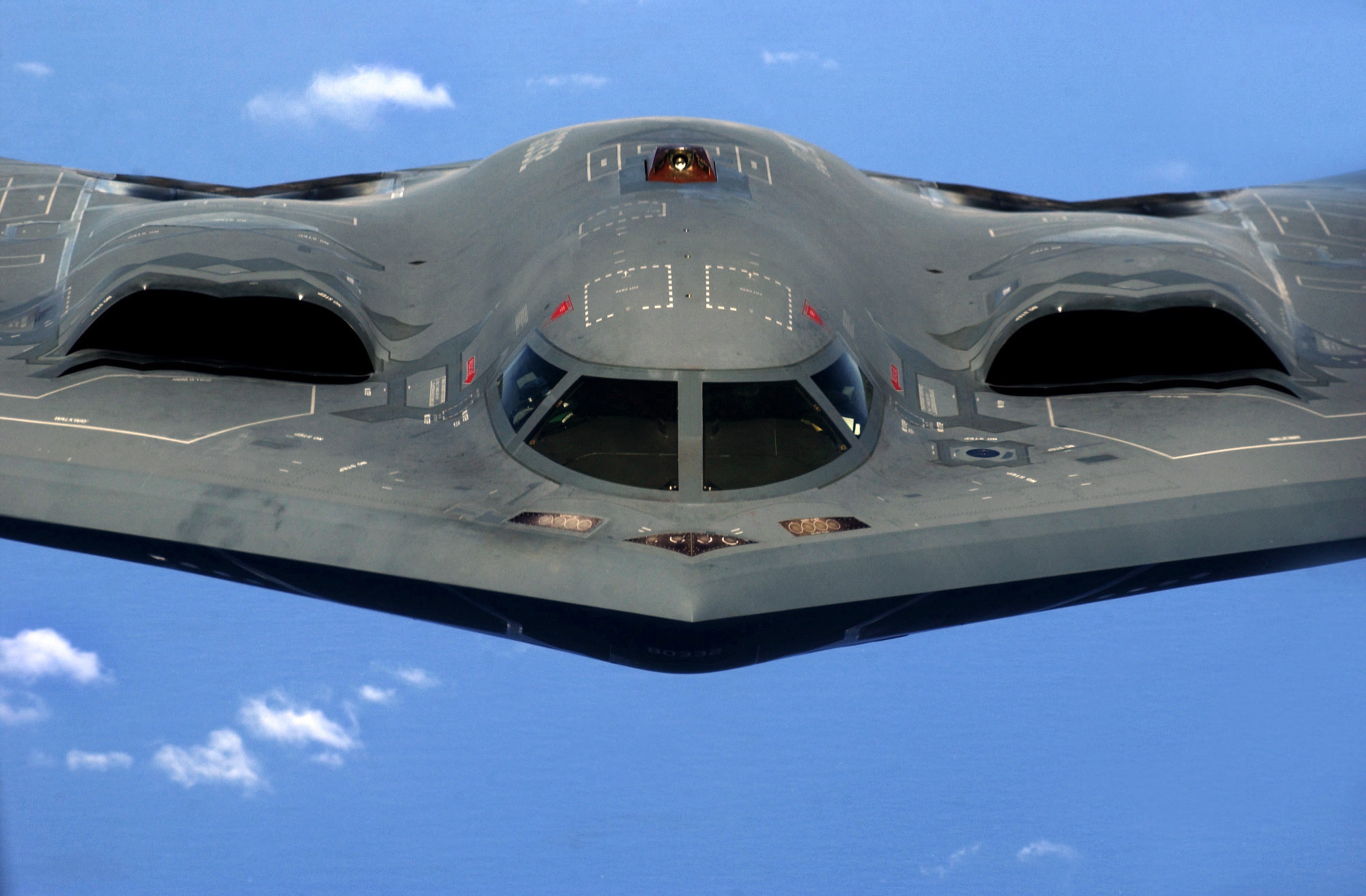Space: The Final Frontier
Space: The Final Frontier
Space is vast and largely unexplored. The sheer scale of the universe is difficult to grasp. At its most basic, space is the boundless three-dimensional extent where objects and events occur. It’s where galaxies, stars, and planets exist, separated by immense distances.

The Scale of the Universe
When considering space, it’s essential to understand its immense scale. Our planet Earth is part of the Solar System, which is a small part of the Milky Way Galaxy. This galaxy is just one of billions in the observable universe. Distances in space are measured in light-years, the distance light travels in one year, about 5.88 trillion miles.
- The Solar System is roughly 93 million miles (1 Astronomical Unit) from the Sun to the Earth.
- Alpha Centauri, the closest star system to the Solar System, is 4.37 light-years away.
- The Milky Way Galaxy is about 100,000 light-years in diameter.
Understanding these distances helps put the scale of space into perspective.
Contents of Space
Space isn’t empty. It contains a variety of objects and phenomena.
Stars and Galaxies
Stars are massive spheres of burning gases, primarily hydrogen and helium. They produce light and heat through nuclear fusion. Stars gather in galaxies, massive structures held together by gravity. Galaxies can contain billions of stars. The Milky Way is a spiral galaxy, identifiable by its curved arms.
Planets and Exoplanets
Planets orbit stars and come in various types, such as terrestrial (rocky) or gas giants. Our Solar System has eight recognized planets. Beyond our Solar System, scientists have discovered thousands of exoplanets. These are often located in the habitable zone, where conditions might support life.
Nebulae
Nebulae are vast clouds of gas and dust. They can be regions where new stars form or remnants of dead stars. Nebulae are significant for understanding the life cycle of stars.
The Big Bang Theory
The prevailing theory for the origin of the universe is the Big Bang. It proposes that the universe began as a singular, infinitely dense point around 13.8 billion years ago. This event triggered the expansion of the universe, which continues today. Observations of distant galaxies show they are moving away from us, indicating this ongoing expansion.
Exploration of Space
Humanity’s exploration of space has been one of its most significant achievements. The drive to understand our place in the cosmos has propelled advancements in science and technology.
The Space Race
During the 20th century, the United States and the Soviet Union competed in a period known as the Space Race. This period saw rapid development in space technologies.
- 1957: The Soviet Union launched Sputnik, the first artificial satellite.
- 1961: Yuri Gagarin became the first human to orbit Earth.
- 1969: The United States’ Apollo 11 mission landed the first humans on the moon.
These milestones mark significant steps in space exploration.
Modern Space Exploration
Space agencies like NASA and ESA continue to explore space. The International Space Station (ISS), a collaborative effort, serves as a research laboratory in low Earth orbit. It has been continuously occupied since 2000.
Robotic missions have been crucial in exploring the solar system. The Mars Rover missions, for example, have provided invaluable data about the Red Planet. Missions to the outer planets, like Voyager, have expanded our knowledge of the more distant regions of our Solar System.
Commercial Space Industry
In recent years, private companies have entered the space sector. Companies like SpaceX and Blue Origin develop new technologies and reduce costs. SpaceX’s reusable rockets, for example, represent a significant innovation in space travel.
Potential for Life
One of the most intriguing questions in space science is the potential for life beyond Earth. Scientists search for biosignatures, indicators of life, on other planets and moons.
Exoplanets in the Habitable Zone
An exoplanet in the habitable zone of its star is neither too hot nor too cold for liquid water. The Kepler Space Telescope has identified thousands of such planets. Some may have conditions suitable for life.
Moons of the Outer Planets
Some moons in our Solar System might harbor life. Europa, a moon of Jupiter, has an ocean beneath its ice surface. Similar conditions exist on Saturn’s moon Enceladus. These environments might support microbial life.
Astrobiology
Astrobiology is the study of life’s potential in the universe. This interdisciplinary field combines biology, astronomy, and geology. It aims to understand the conditions under which life can arise and thrive.
Space Technology
Technological advancements have been pivotal in the exploration of space.
Rockets and Propulsion Systems
Modern rockets use complex propulsion systems to achieve escape velocity, the speed necessary to break free from Earth’s gravitational pull. Innovations like reusable rockets significantly lower costs, making space more accessible.
Satellites
Satellites are instrumental for communication, weather forecasting, and scientific research. They provide data critical for navigation and remote sensing. The deployment and maintenance of satellite networks are crucial for modern life.
Space Telescopes
Space telescopes like Hubble provide a clearer view of the universe. These telescopes operate above Earth’s atmosphere, giving them an unobstructed view of distant objects. The upcoming James Webb Space Telescope promises to look even further back in time, to the early universe.
Robotic Spacecraft
Robotic spacecraft explore regions beyond human reach. These missions gather data and images, expanding our understanding of space. Examples include Mars rovers and the Voyager spacecraft, which have traveled beyond the Solar System.
Challenges of Space Travel
Exploring space presents significant challenges, both technical and human.
Radiation
Space is filled with harmful radiation from the Sun and cosmic rays. Prolonged exposure poses serious health risks to astronauts. Effective shielding and monitoring are essential for long missions.
Microgravity
Living in microgravity affects the human body. Muscle atrophy and bone density loss are significant concerns. Countermeasures, such as exercise routines and specialized diets, help mitigate these effects.
Psychological Effects
Isolation and confinement during long missions impact mental health. Supporting astronauts’ psychological well-being is crucial. Communication with Earth and recreational activities can help.
Technical Reliability
Reliability of spacecraft and systems is critical. Failures can be catastrophic. Rigorous testing and redundancy are necessary to ensure mission success.
The Future of Space Exploration
Innovations and ambitious projects shape the future of space exploration.
Human Missions to Mars
NASA and private companies like SpaceX plan manned missions to Mars. These missions seek to establish human presence on the Red Planet. Challenges include life support, radiation shielding, and sustainable living conditions.
Moon Base
Returning to the Moon is a priority. Establishing a permanent base could facilitate deeper space exploration. It provides a testbed for technologies and systems needed for Mars missions.
Interstellar Travel
Currently, interstellar travel remains theoretical. Projects like Breakthrough Starshot aim to send small probes to nearby stars. Propelled by light sails, these probes could travel at significant fractions of the speed of light.
Space Tourism
Commercial space tourism is becoming a reality. Companies like Virgin Galactic offer suborbital flights for civilians. These ventures significantly expand human access to space.
Conclusion
Exploring space, handling its challenges, and understanding its vastness continues to drive human curiosity and innovation. The advancements in technology and the pursuit of knowledge hold promise for even more profound discoveries in the future.
Recommended Aviation Gear
David Clark H10-13.4 Aviation Headset – $376.95
The industry standard for aviation headsets.
Pilots Handbook of Aeronautical Knowledge – $25.42
Essential FAA handbook for every pilot.
As an Amazon Associate, we earn from qualifying purchases.




Subscribe for Updates
Get the latest articles delivered to your inbox.
We respect your privacy. Unsubscribe anytime.